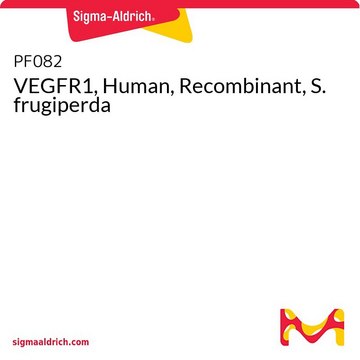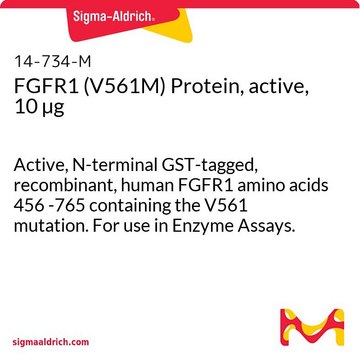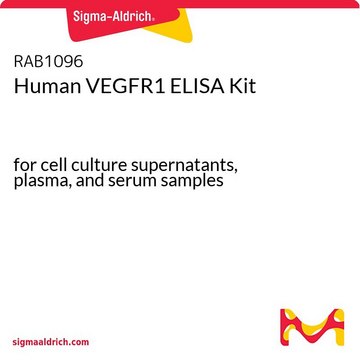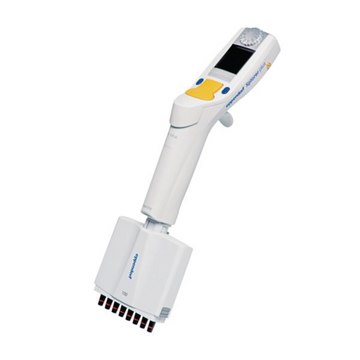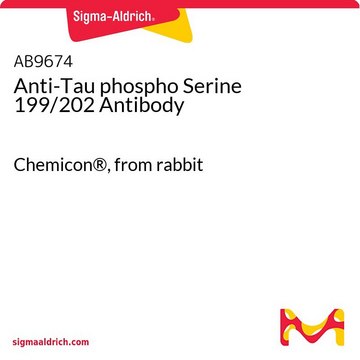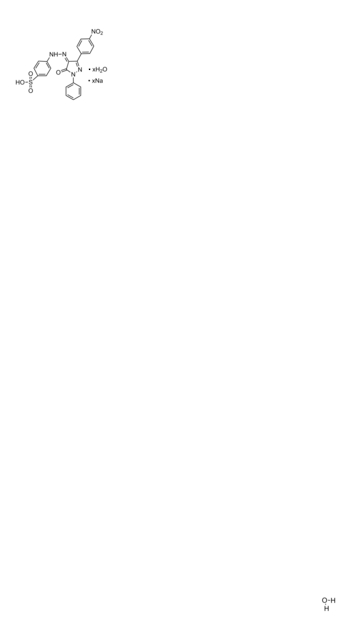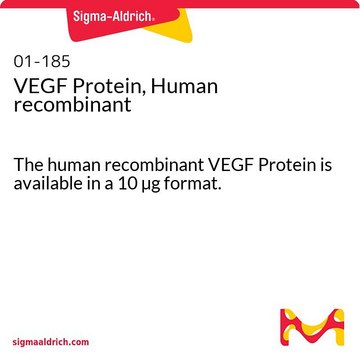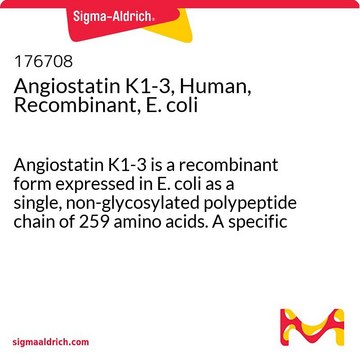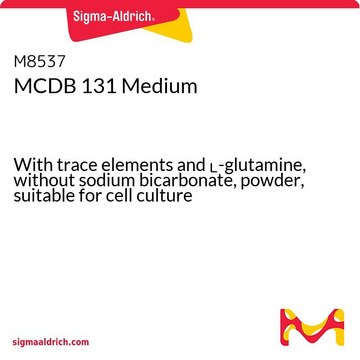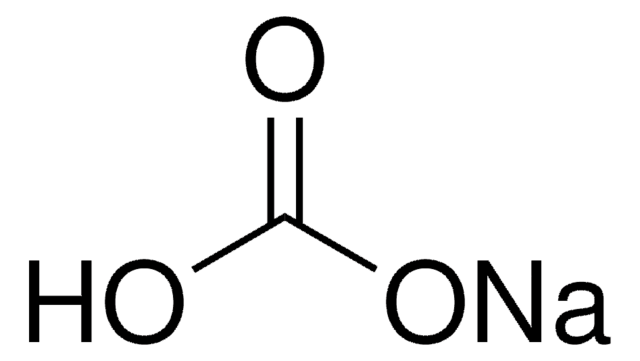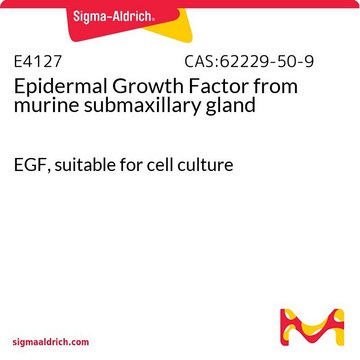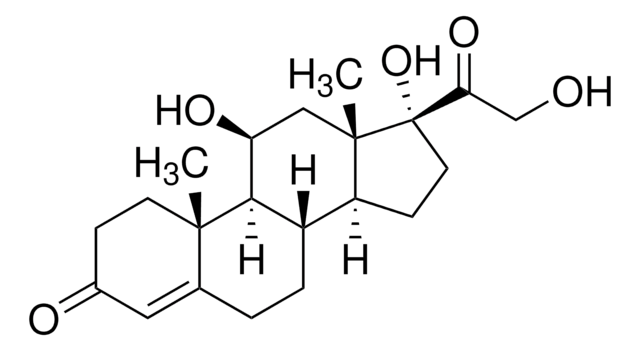M7403
MCDB 153 Medium
With trace elements, L-glutamine and 28mM HEPES, without sodium bicarbonate, powder, suitable for cell culture
Synonym(s):
Molecular, Cellular, and Development Biology 153 medium
Select a Size
About This Item
Recommended Products
Quality Level
form
powder
technique(s)
cell culture | mammalian: suitable
components
NaHCO3: no
L-glutamine: 0.8772 g/L
glucose: 1.081 g/L (Dextro)
sodium pyruvate: 0.055 g/L
phenol red: 0.001242 g/L
HEPES: 6.6 g/L (25mM)
shipped in
ambient
storage temp.
2-8°C
General description
Application
Quantity
Reconstitution
1 of 4
This Item | M8537 | F8105 | M6770 |
|---|---|---|---|
| technique(s) cell culture | mammalian: suitable | technique(s) cell culture | mammalian: suitable | technique(s) cell culture | mammalian: suitable | technique(s) cell culture | mammalian: suitable |
| form powder | form powder | form liquid | form powder |
| components NaHCO3: no | components sodium pyruvate: 0.11 g/L | components L-glutamine: no | components HEPES: 7.149 g/L (30mM) |
| storage temp. 2-8°C | storage temp. 2-8°C | storage temp. 2-8°C | storage temp. 2-8°C |
| shipped in ambient | shipped in ambient | shipped in ambient | shipped in ambient |
| Quality Level 500 | Quality Level - | Quality Level 400 | Quality Level 500 |
Storage Class Code
11 - Combustible Solids
WGK
WGK 1
Flash Point(F)
Not applicable
Flash Point(C)
Not applicable
Choose from one of the most recent versions:
Already Own This Product?
Find documentation for the products that you have recently purchased in the Document Library.
